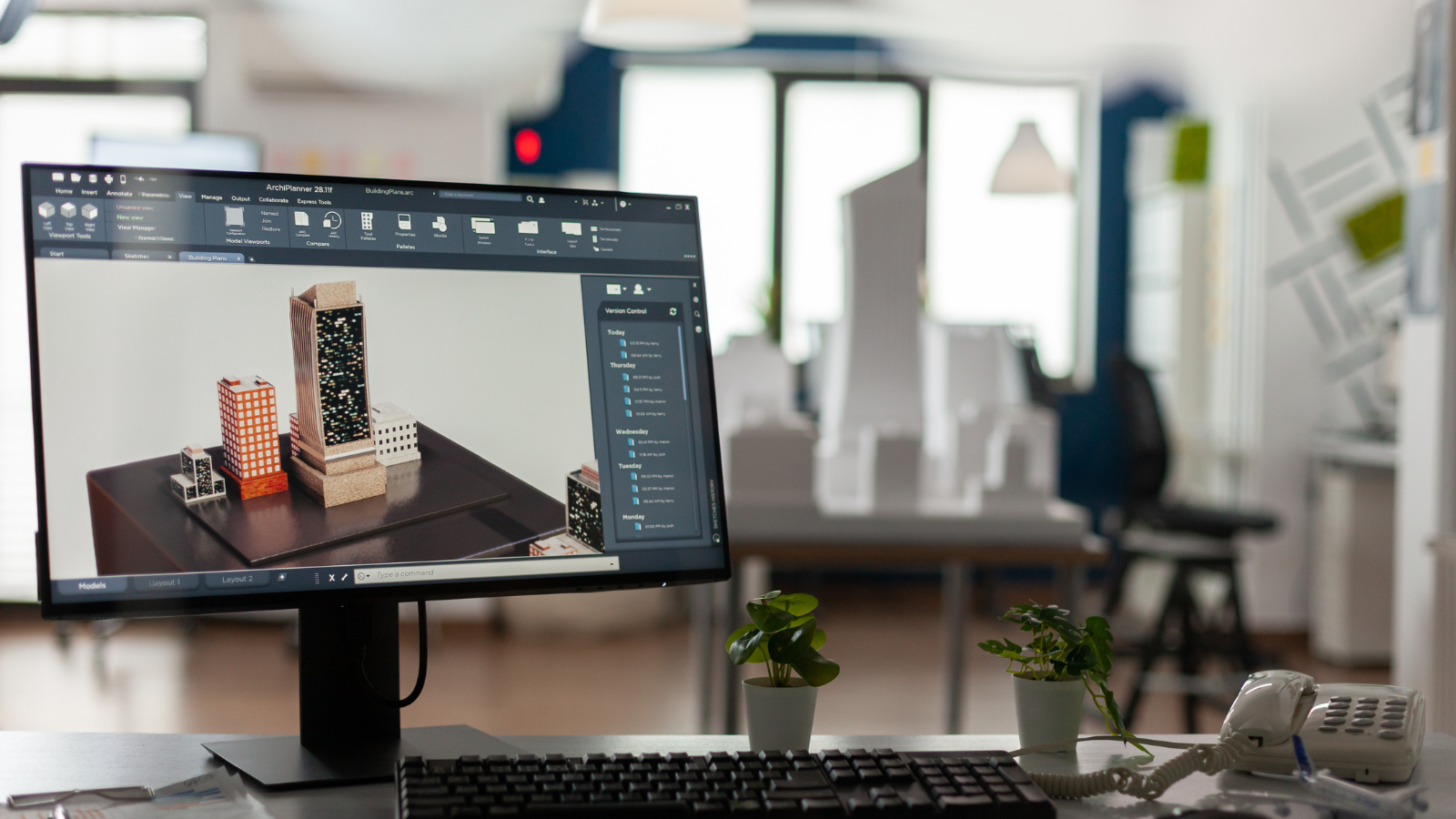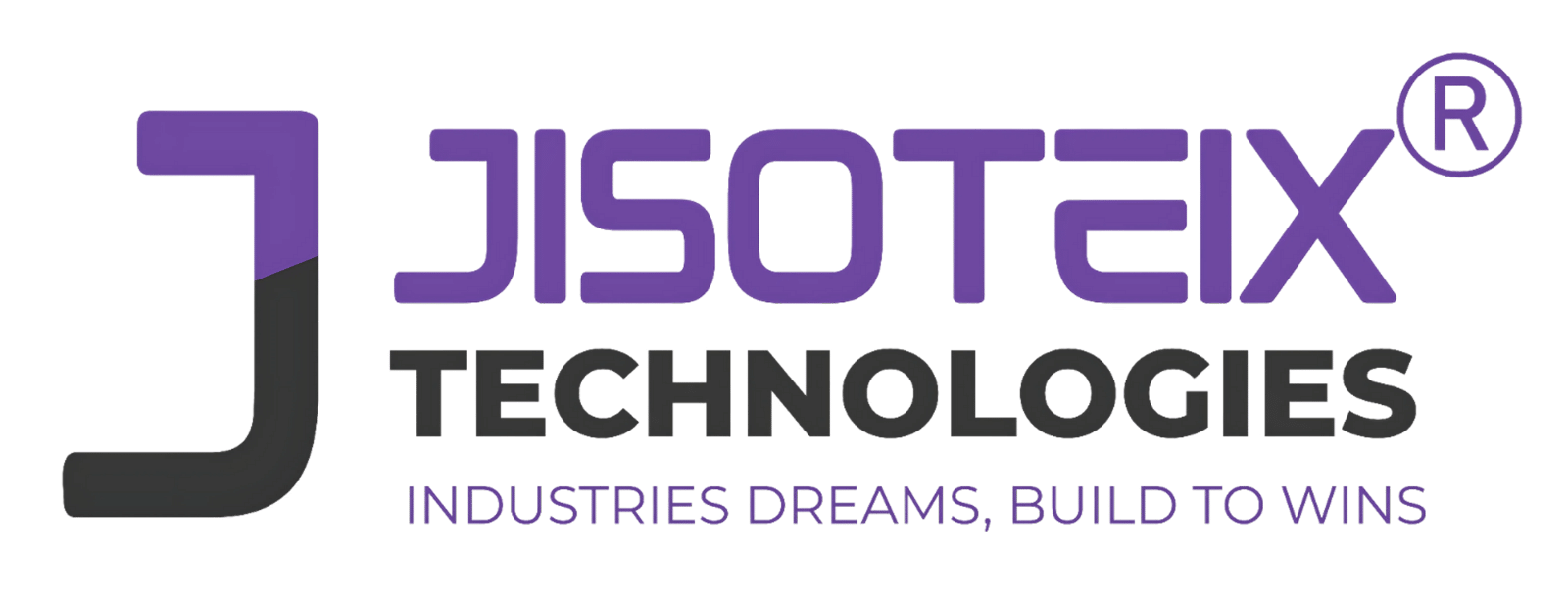Why 3D Modeling is Essential for Modern Product Visualization ?

In today’s fast-paced market, businesses need to showcase their products in the most engaging and realistic way possible. This is where 3D modeling has become a game-changer. By creating detailed, lifelike representations of products before they are physically manufactured, companies can communicate their vision more effectively and streamline their design and marketing processes. But why exactly is 3D modeling essential for modern product visualization? Let’s explore the key reasons.
- Realistic and Detailed Product Representation
Unlike traditional 2D images or sketches, 3D models offer a highly realistic and detailed view of a product. This allows designers, marketers, and customers to see every angle, texture, and feature with exceptional clarity. The ability to rotate, zoom, and interact with the model helps users understand the product better and builds confidence even before a physical prototype is made.
- Faster and Cost-Effective Prototyping
Creating physical prototypes can be expensive and time-consuming. With 3D modeling, businesses can develop virtual prototypes that can be easily modified without the need to manufacture multiple versions. This reduces costs and speeds up the product development cycle, allowing companies to bring their products to market faster.
- Enhanced Marketing and Sales
3D product visualization opens up innovative marketing opportunities. Interactive 3D models can be integrated into websites, online stores, and social media platforms, providing potential customers with an immersive experience. This interactive element increases engagement, reduces hesitation, and ultimately boosts sales conversion rates.
- Improved Communication Across Teams
In product development, clear communication between designers, engineers, marketers, and clients is crucial. 3D models serve as a universal visual language that everyone can understand, reducing misunderstandings and ensuring that all stakeholders are aligned on the product’s look and functionality.
- Customization and Personalization
3D modeling enables customers to visualize custom options in real-time, such as changing colors, materials, or configurations. This level of personalization enhances the customer experience and helps businesses cater to individual preferences without the need for multiple physical samples.
- Better Presentation for Investors and Stakeholders
For startups and companies seeking investment, showcasing a product through 3D models offers a polished, professional presentation. Investors can clearly see the potential and feasibility of the product, increasing the likelihood of securing funding.
Conclusion
As industries evolve, 3D modeling has become indispensable for modern product visualization. It not only improves design accuracy and communication but also empowers marketing teams with tools to create compelling, interactive presentations. Whether you’re developing a new gadget, fashion item, or industrial equipment, integrating 3D modeling into your workflow can provide a significant competitive edge.
